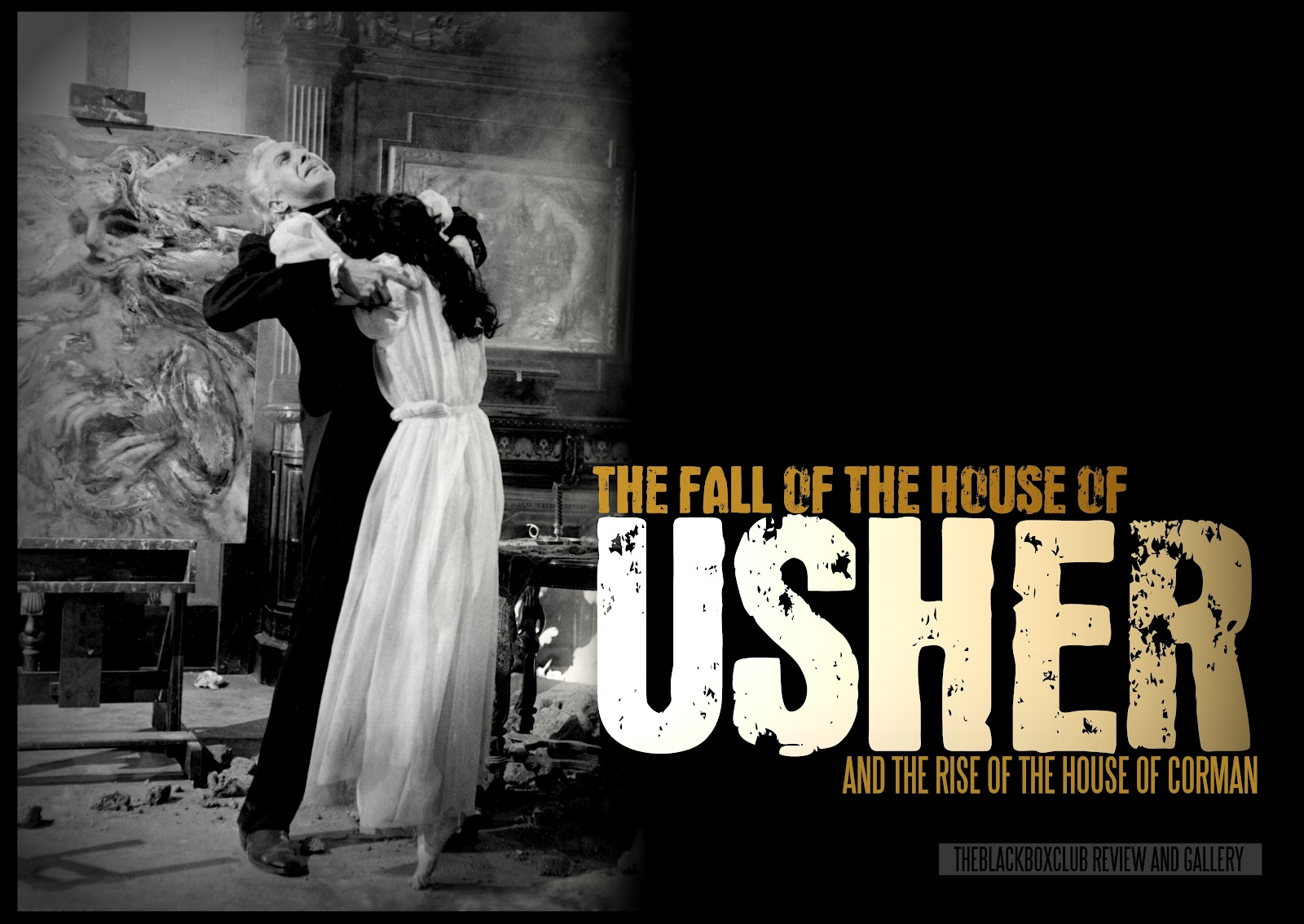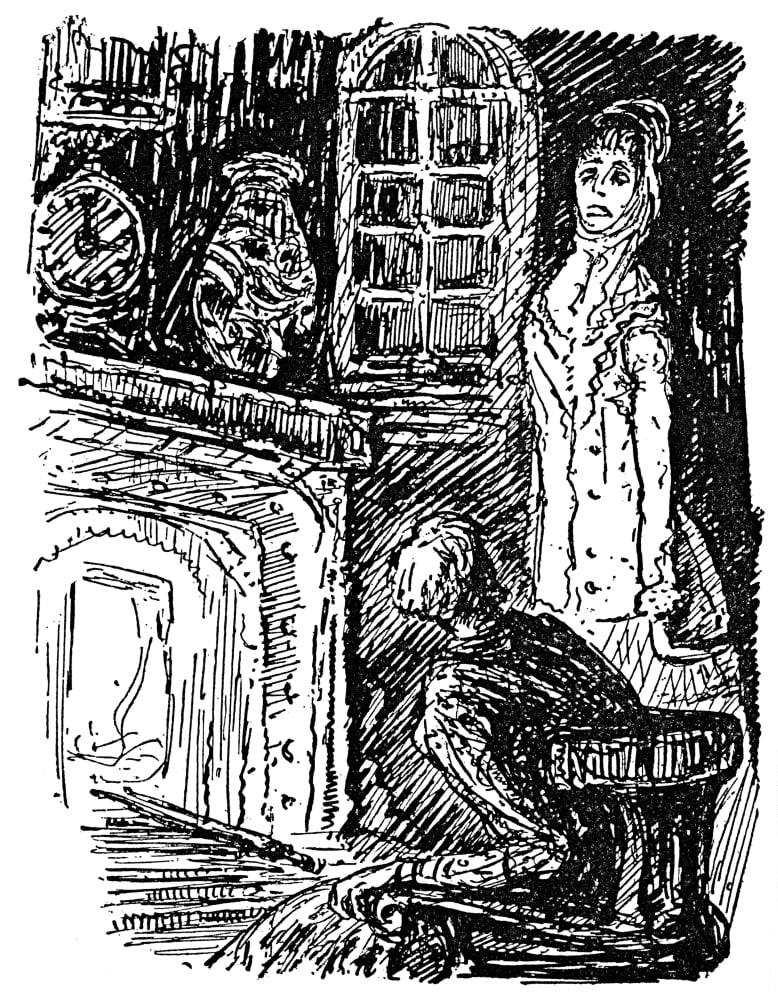
Morris also includes some observations by American novelist and critic Joyce Carol Oates who like Poe has written a number of short stories that contain many of the familiar elements associated with Gothic Romance.

In addition, Morris quotes Eve Kosofsky Sedgwick, a British literary critic with an expertise in English Gothicism, as stating that “The Fall of the House of Usher” presents to the reader the idea of a protagonist (the unidentified narrator) who has to struggle “with a terrible, surreal person or force,” being Roderick Usher and the house itself, both which are “metaphors for an individual’s struggle with repressed emotions or thoughts” (De Vore, Dominec, et al., “The Gothic Novel”), such as Roderick’s desire to see his sister Madeline buried alive and the unidentified narrator’s desire to help his friend Roderick who certainly suffers from some form of mental derangement. Morris also relates that “The Fall of the House of Usher” reveals specific truths to the reader through “realistic fear” (De Vore, Dominec, et al., “The Gothic Novel”), such as when Madeline is buried alive and then awakes in her casket to seek revenge against her brother Roderick.
#The fall of the house of usher free
As noted by literary critic Davis Morris, “The Fall of the House of Usher” “addresses the horrific, hidden ideas and emotions within individuals and provides an outlet for them” (De Vore, Dominec, et al., “The Gothic Novel”), a great example being Roderick’s obsession with burying his sister Madeline alive in the family vault deep beneath the house which he believes will set her free from the family curse of inherited madness and insanity. Therefore, Poe’s “The Fall of the House of Usher” represents the quintessential American Gothic short story of the mid 19th century, due to the fact that it expertly incorporates all of the Gothic elements into a single literary unit.įor the general reader or one that has read the story only once or twice without considering its depth of complexity related to its themes, motifs, and characterizations, “The Fall of the House of Usher” offers numerous literary avenues to explore as perhaps Poe’s best example of what he called the “single effect” or the use of words and imagery to create a single emotional response in reader. Lewis’ The Monk (1796) and Anne Radcliffe’s The Mysteries of Udolpho (1794) and of course, the supernatural which is enhanced through a morbid setting (De Vore, Dominec, et al., “The Gothic Novel”). Many literary scholars agree that “The Fall of the House of Usher” is the finest example of what is known as American Gothic, a sub-genre of fiction that expresses many of the prime elements of the European style of Gothic Romance–an atmosphere or setting of horror, dread, deterioration, and decay the Gothic hero as a wanderer, in this case, the unidentified narrator the fall from grace as found in earlier Gothic Romances like Matthew G.


Quinn points out that this short story contains a basic theme of loss identity via its unidentified narrator, Roderick Usher, the main antagonist, and Madeline Usher, his doomed sister (284). According to Poe scholar Arthur Hobson Quinn, Edgar Allan Poe’s short story “The Fall of the House of Usher,” first published in Burton’s Gentleman’s Magazine in September of 1839, stands today as one of Poe’s greatest stories and as a prime example of Poe’s ability to weave the strange and the supernatural into a work of short fiction.


 0 kommentar(er)
0 kommentar(er)
